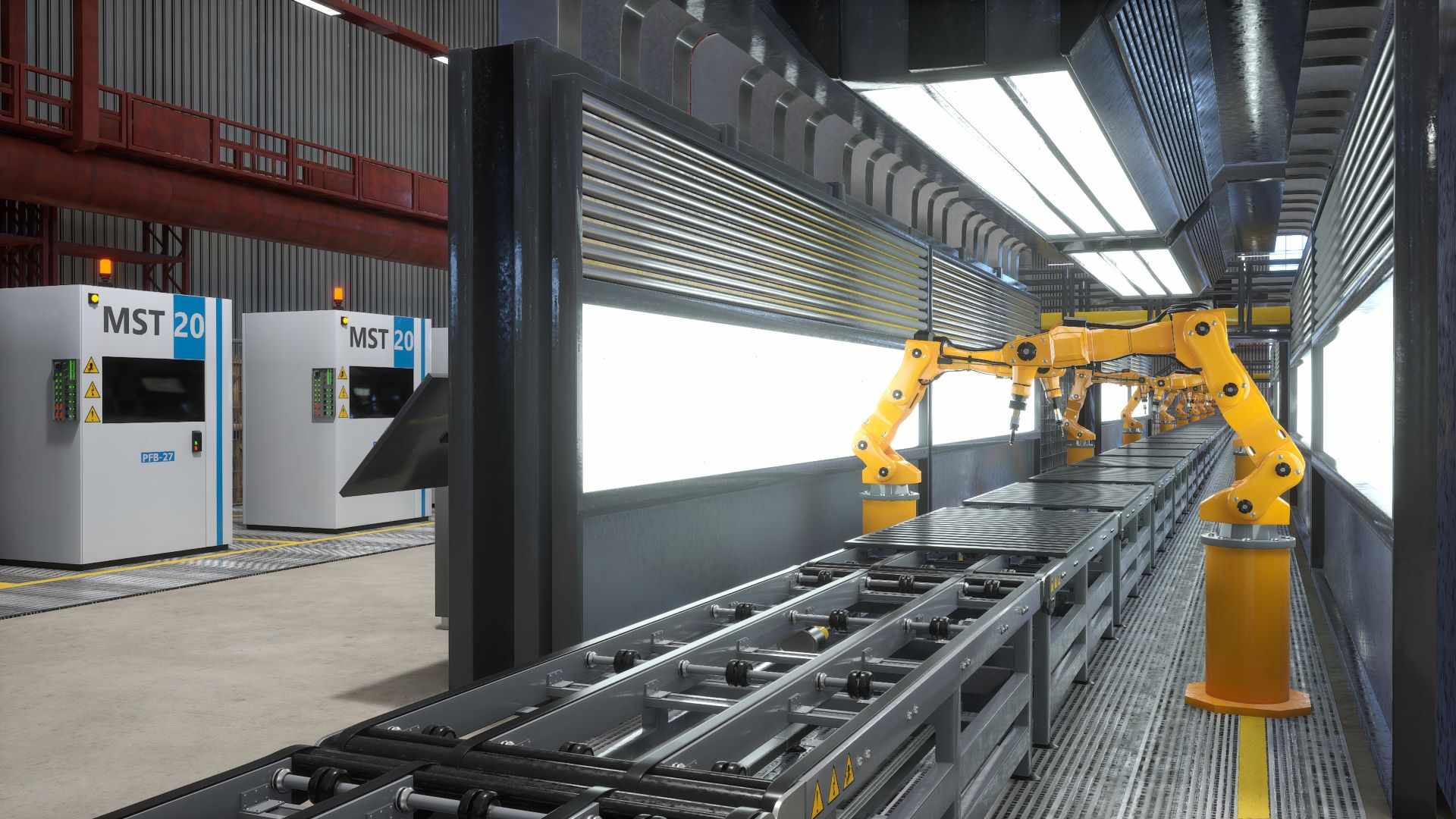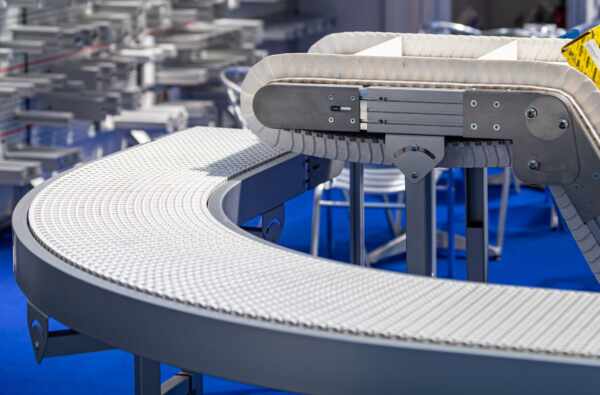In the industrial world, where efficiency and durability rule, steel conveyor belts have become synonymous with strength and reliability. Opting for steel conveyor belts in heavy-duty applications is not just a matter of choice but a strategic decision that significantly impacts the overall effectiveness of operations. Built to withstand the toughest environments, these belts offer a unique blend of resilience and performance that other materials struggle to match.
As we continue to delve into the needs of various industries, from mining to assembly lines, we find that the demands placed on conveyor systems can be extreme. That’s why it’s crucial to choose a belt that not only handles significant weight and abrasive materials but also maintains integrity under constant stress. This introduction to steel conveyor belts as a superior choice in heavy-duty applications will shed light on their critical features and the distinct advantages they bring to our operations, ensuring that productivity is never compromised.
What Makes Steel Conveyor Belts Ideal for Heavy-Duty Applications?
The selection of steel conveyor belts for heavy-duty applications is driven by their unparalleled strength and robustness, which stand essential in demanding environments such as mining, manufacturing, and bulk handling of raw materials. These belts are particularly designed to endure the stresses of heavy loads and abrasive materials without compromise. Beyond their sheer strength, steel belts offer high thermal resistance, making them an excellent choice for operations such as hot goods transport where plastic or fabric belts might fail.
Moreover, the stability of steel conveyor belts under significant mechanical stress ensures less downtime and interruptions in production. They handle the high impact of loading and continuous movement with ease, which is often a challenge for other belt materials that may stretch, tear, or deform. This robustness not only supports efficient operations but also contributes to safety in the workplace, preventing accidents related to equipment failure.
Key Features of Steel Conveyor Belts
Steel conveyor belts are recognized for their specific characteristics, which make them the go-to option for industries that require resilience and durability. One of the paramount features is their high tensile strength, which allows these belts to carry oversized loads without risk of breakage or excessive wear. Additionally, their resistance to extreme temperatures and corrosive environments makes steel belts suitable for applications in conditions unsuitable for other belt materials.
Another significant feature is the minimal elongation of steel belts during operation. Unlike belts made from other materials, steel belts maintain their shape and dimension over time, ensuring consistent performance and reducing the need for frequent adjustments and maintenance. They also boast a smooth surface, which facilitates the easy transfer of materials from one point to another, enhancing process efficiency. With these features, steel conveyor belts not only elevate operation security but also optimize productivity by minimizing potential disruptions.
Comparing Durability and Performance: Steel vs. Other Materials
When it comes to durability and performance, steel conveyor belts often stand out against other materials. This comparison is vital as we determine which conveyor belt best suits our specific business needs. Steel belts are renowned for their ability to handle high-pressure and high-temperature environments. Unlike plastic or rubber belts, steel can withstand exposure to harsh chemicals and extreme heat, making them indispensable in industries like mining, metalworking, and foundry operations.
Let’s consider too, their performance when up against composite materials or fabrics. While such materials provide flexibility and might be suited for different applications, they don’t offer the same level of strength and resilience as steel. Steel belts retain their shape and function over extensive periods, even under constant stress and abrasive conditions. This unmatched durability translates not only to fewer maintenance requirements but also increases overall operational efficiency due to reduced downtime.
Best Practices for Maintaining Steel Conveyor Belts in Harsh Environments
Maintaining steel conveyor belts, especially in harsh environments, requires meticulous and regular attention to ensure they perform optimally. First, routine inspections are crucial; these should include checking for signs of wear and tear, such as cracks or thinning of the belt. Areas with significant mechanical contacts, like rollers and pulleys, should also be checked to prevent any potential failures that can cause extensive damage to the belt.
Cleaning is also a key component of maintaining steel conveyor belts. We recommend using specialized cleaning agents that are effective yet gentle enough not to corrode the steel. Regular lubrication of moving parts is equally important to reduce friction that could prematurely wear down the belt. By adhering to these maintenance practices, we ensure that our steel conveyor belts can withstand demanding conditions and continue to facilitate our operations effectively.
Summary
In our review of steel conveyor belts, we’ve addressed their unmatched suitability for heavy-duty applications due to their robust properties. We’ve compared their performance with other materials and outlined the best practices to maintain them in harsh environments.
At Change Parts Pty Ltd, our expert understanding of industrial needs, combined with our commitment to providing top-tier conveyor solutions, ensures that your production lines achieve peak performance with minimal downtime. If you’re looking to enhance your operations with reliable, high-quality steel belts, contact us today. Together, we’ll ensure your machinery runs smoother for longer, with tailored solutions that meet your specific requirements.




